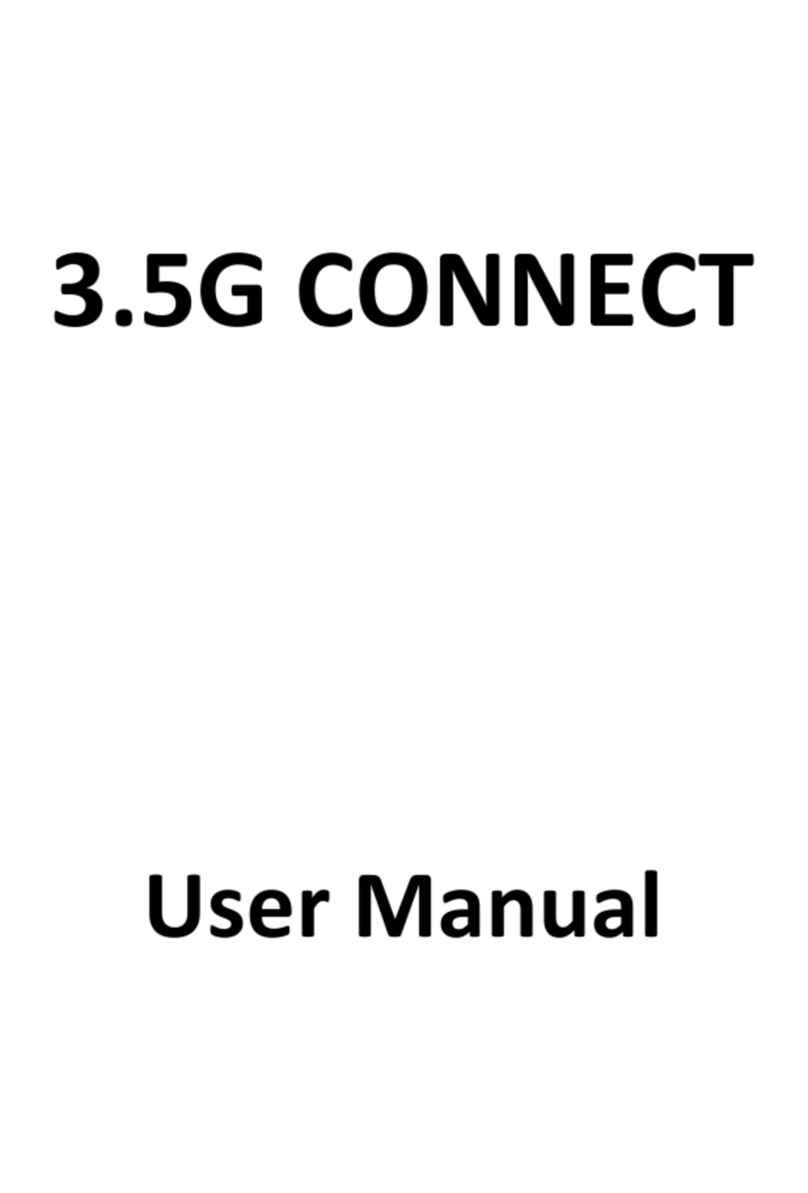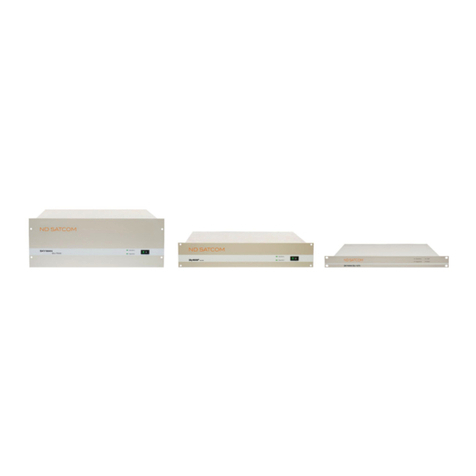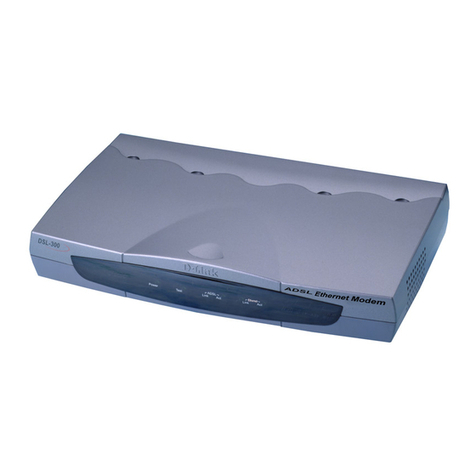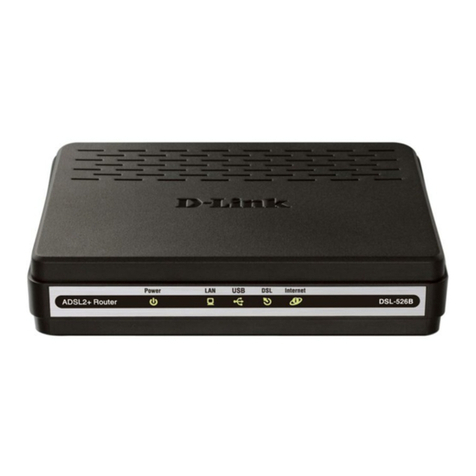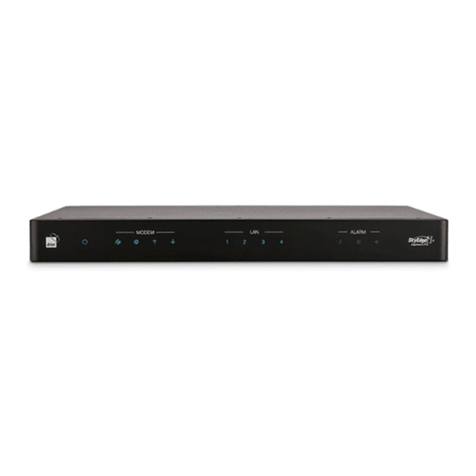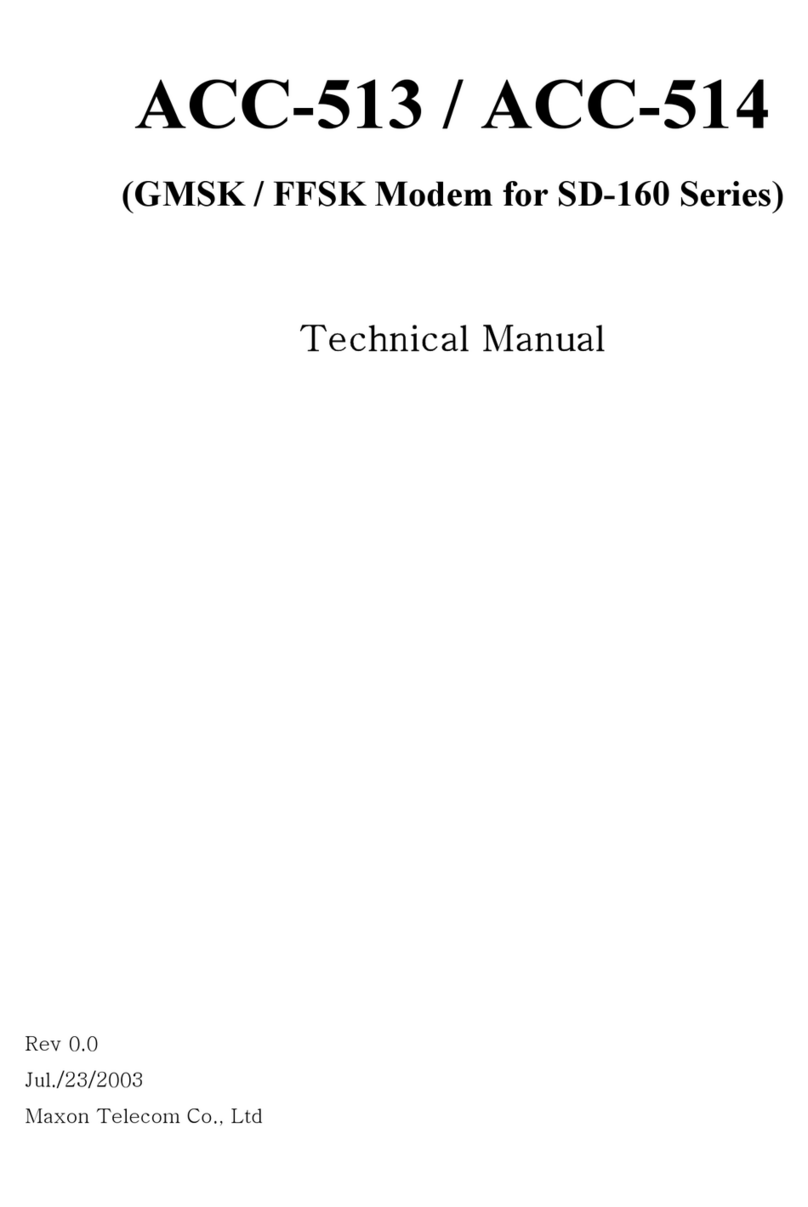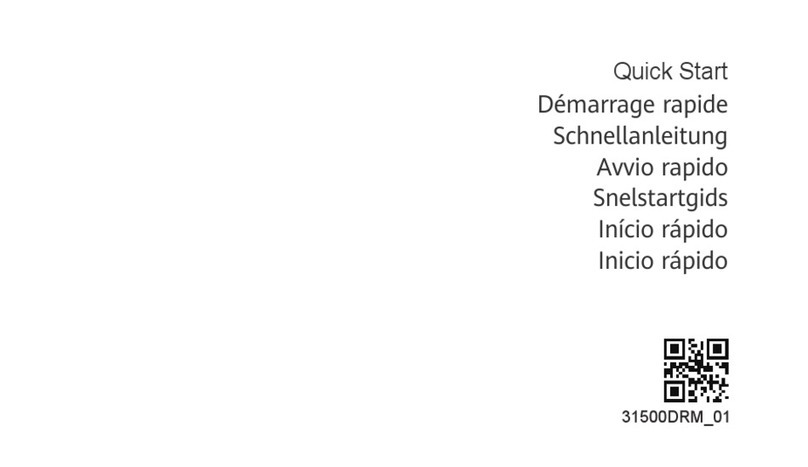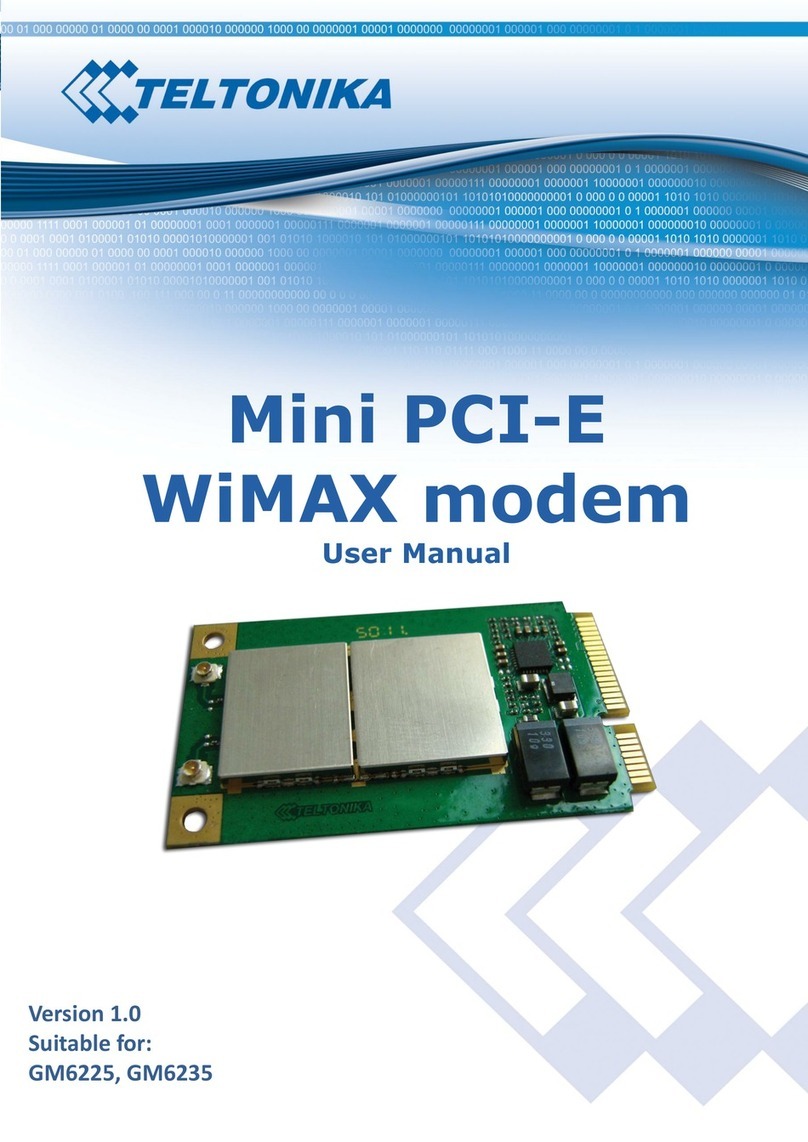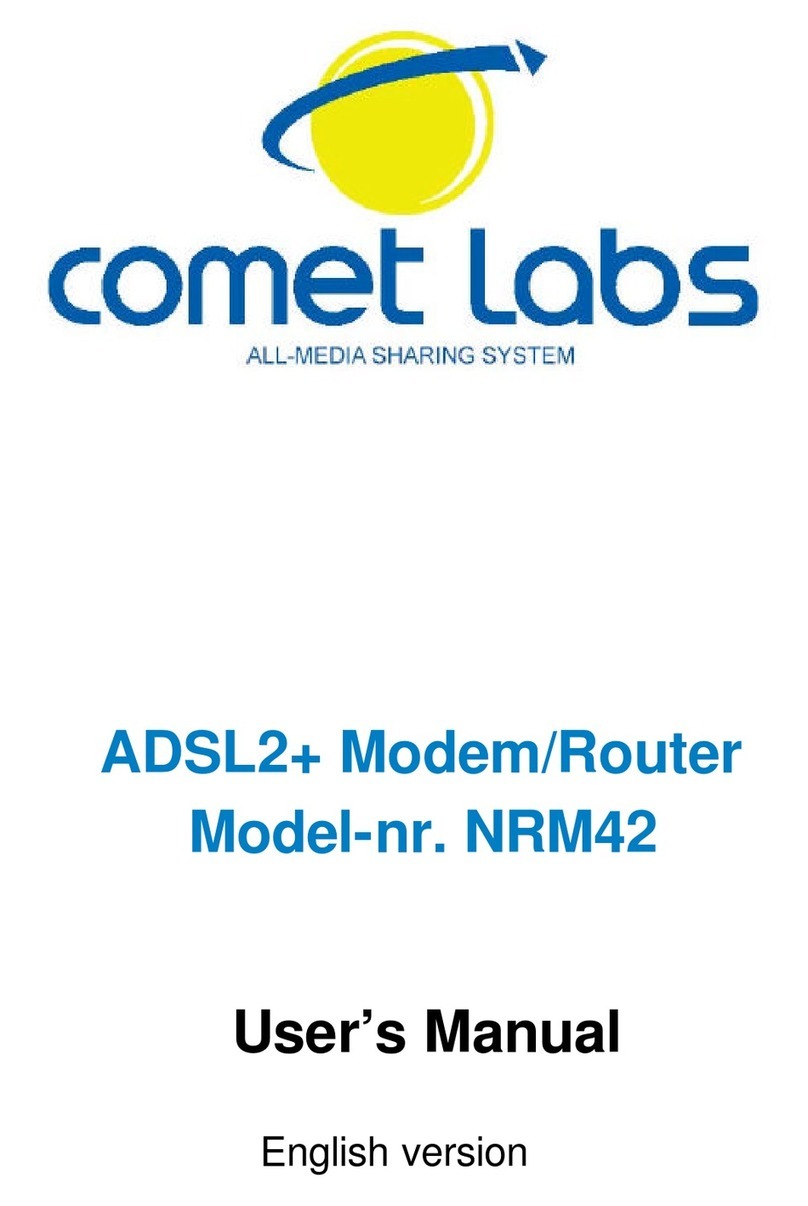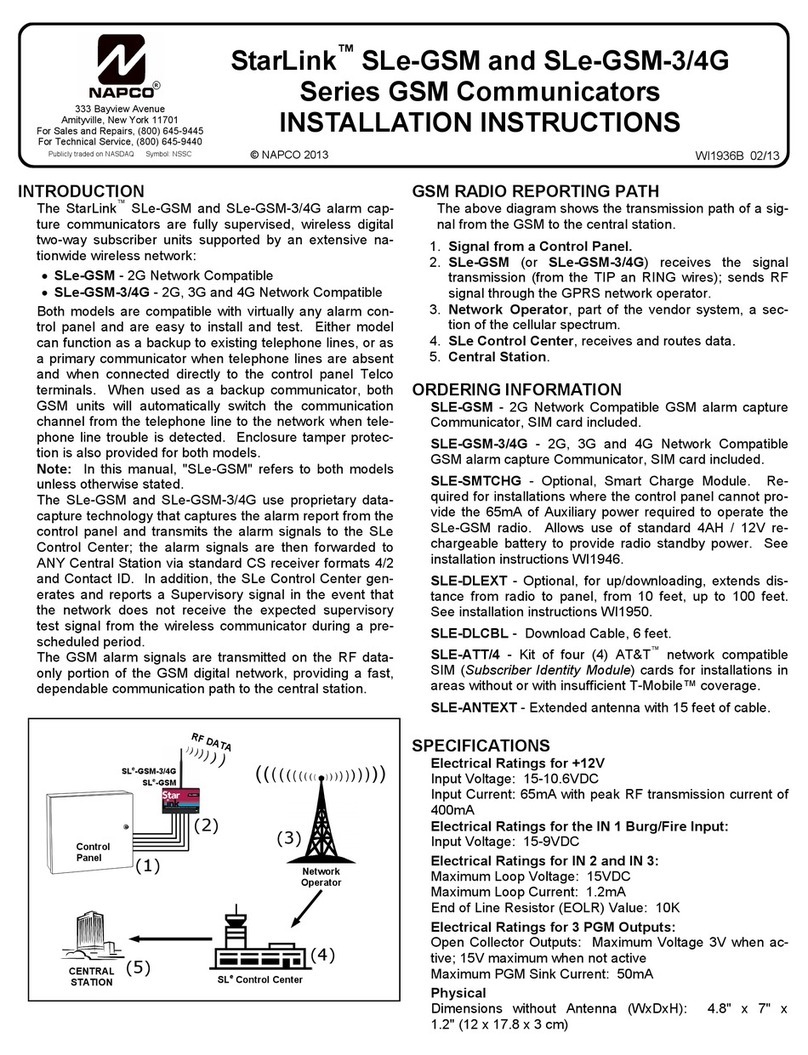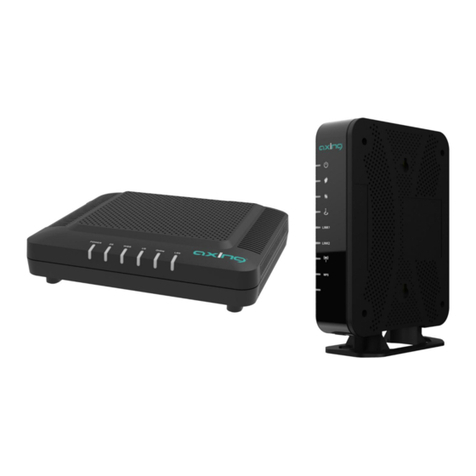Meinberg TCR51USB User manual

TCR51USB
Technical Information
Operating Instruction

Contact Information
Meinberg Funkuhren GmbH & Co. KG
Lange Wand 9
D-31812 Bad Pyrmont
Telefon: ++49 (0) 52 81 / 9309-0
Telefax: ++49 (0) 52 81 / 9309-30
Internet: http://www.meinberg.de
Email: [email protected]
Juli 12, 2011

Table of Contents
Contact Information .............................................................................. 2
Content of the USB stick ...................................................................... 4
Introduction .......................................................................................... 5
Description of IRIG-Codes................................................................... 5
IRIG-Standard format ........................................................................... 6
AFNOR-Standard format ..................................................................... 7
Features TCR51USB ........................................................................... 8
Functional description ................................................................. 9
USB Interface ..................................................................................... 10
Connectors and LEDs ............................................................... 10
Buffering ............................................................................................ 10
Putting into operation ................................................................ 11
Installing the TCR51USB ......................................................... 11
Power supply............................................................................. 11
Input signals .............................................................................. 11
Input impedance ................................................................................. 12
Photocoupler input .................................................................... 12
Configuration of TCR51USB ................................................... 12
Firmware Updates .............................................................................. 13
Technical specification TCR51USB .................................................. 13
CE Label ................................................................................... 14

4
Content of the USB stick
The USB stick contains a driver program that keeps the computer´s system time
synchronous to the board time. If the present delivered stick doesn’t include a driver
program for the operating system used, it can be downloaded from:
http://www.meinberg.de/english/sw/
On the USB stick there is a file called „readme.txt“, which helps installing the driver
correctly.

5
Introduction
The transmission of coded timing signals began to take on widespread importance in
the early 1950´s. Especially the US missile and space programs were the forces behind
the development of these time codes, which were used for the correlation of data. The
definition of time code formats was completely arbitrary and left to the individual ideas of
each design engineer. Hundreds of different time codes were formed, some of which
were standardized by the „Inter Range Instrumantation Group“ (IRIG) in the early 60´s.
Except these „IRIG Time Codes“ other formats, like NASA36, XR3 or 2137, are still
in use. The board TCR51USB however only decodes IRIG-A, IRIG-B or AFNOR
NFS 87-500 formats. The AFNOR code is a variant of the IRIG-B format. Within this
code the complete date is transmitted instead of the ‘Control Functions’ of the IRIG-
telegram.
Description of IRIG-Codes
The specification of individual IRIG time code formats is defined in IRIG Standard 200-
98. They are described by an alphabetical character followed by a three-digit number
sequence. The following identification is taken from the IRIG Standard 200-98 (only the
codes relevant to TCR51USB are listed):
character bit rate designation A 1000 pps
B 100 pps
1st digit form designation 0 DC Level Shift
width coded
1 sine wave carrier
amplitude modulated
2nd digit carrier resolution 0 no carrier (DC Level Shift)
1 100 Hz, 10 msec resolution
2 1 kHz, 1 msec resolution
3 10 kHz, 100 µsec resolution
3rd digit coded expressions 0 BCD,CF,SBS
1 BCD,CF
2 BCD
3 BCD,SBS
BCD: time of year, BCD-coded
CF: Control-Functions (user defined)
SBS: seconds of day since midnight (binary)

6
IRIG-Standard format

7
AFNOR-Standard format

8
Features TCR51USB
The TCR51USB was developed for computer systems with USB connection.
TCR51USB serves to receive and decode modulated (AM) and unmodulated (DC Level
Shift) IRIG and AFNOR time codes. AM-codes are transmitted by modulating the
amplitude of a sine wave carrier, unmodulated codes by variation of the width of pulses.
Automatic gain control within the receive circuit for modulated codes allows decoding
of IRIG signals with a carrier amplitude of 600 mVpp to 8 Vpp. The input stage is
electrically insulated and has an impedance of 50 Ω, it is accessible via the SMB-jack
connector in the housing of TCR51USB.
The unmodulated time codes must be connected to the second SMB jack connector.
An onboard photocoupler insulates the internal receive circuit.
Software running on the computer can read out information regarding date, time and
status of the IRIG receiver. Access to the board is made via writing to/reading from I/O
ports. It is possible but not necessarry to let the board generate periodic hardware
interrupts on the USB Bus.
The microprocessor system of TCR51USB is equiped with a Bootstrap-Loader and a
Flash-EPROM. These features enable updating of the onboard software.

9
Functional description
After the received IRIG code has passed a consistency check, the software clock and
the battery backed realtime clock of TCR51USB are synchronized to the external time
reference. If an error in the IRIG telegram is detected, the system clock of the board
switches to holdover mode. Drifting of the internal time base is limited to 1µsec/sec by
regulating the onboard quartz of TCR51USB. IRIG code includes day of year informa-
tion only. The complete date is kept in the battery backed realtime clock and the software
clock therefore. The received day of year is compared to this complete date once per
minute. If the board detects a difference between received and stored date information,
TCR51USB switches to holdover mode but still synchronizes the internal time base to
the received IRIG code.
The internal system clock is always set to the received IRIG time,
which might have a local offset to UTC. Only if TCR51USB is
configured with this offset, Meinberg driver software is able to set
the system time of the computer correctly.
IRIG telegrams don’t include announcers for the change of time
zone (daylight saving on/off) or for the insertion of a leap second.
Hence the clock will switch into freewheeling mode in case of such
event, and resynchronize afterwards.
The board TCR51USB decodes the following formats:
A133: 1000pps, amplitude modulated sine wave signal, 10 kHz carrier frequency
BCD time of year, SBS time of day
A132: 1000pps, amplitude modulated sine wave signal, 10 kHz carrier frequency
BCD time of year
A003: 1000pps, DC Level Shift pulse width coded, no carrier
BCD time of year, SBS time of day
A002: 1000pps, DC Level Shift pulse width coded, no carrier
BCD time of year
B123: 100pps, amplitude modulated sine wave signal, 1 kHz carrier frequency
BCD time of year, SBS time of day
B122: 100pps, amplitude modulated sine wave signal, 1 kHz carrier frequency
BCD time of year
B003: 100pps,DC Level Shift pulse width coded, no carrier
BCD time of year, SBS time of day
B002: 100pps, DC Level Shift pulse width coded, no carrier
BCD time of year
AFNORNFS87-500:100pps, amplitude modulated sine wave signal, 1 kHz carrier frequency
BCD time of year, complete date, SBS time of day
Additional codes are available on request

10
USB Interface
The TCR51USB contains a USB interface which is used for the communication and
parameterization of the device with the Monitorprogramm.
Connectors and LEDs
The housing of the TCR51USB contains the connectors for the Timecode (IRIG AM/
DC), two LED‘s, the key for the Bootstrap-Loader as soon as the the USB connector.
The LEDs signal the status of the IRIG receiver.
The upper, red LED is switched on whenever the
internal timing of TCR51USB is in holdover mode.
This state arise after power up and if an error in the
IRIG telegram is detected. This LED changes state
only at change of minute.
The green LED (Lock) is switched on as soon as
the internal timing of TCR51USB is synchronized
to the received IRIG code by a PLL (Phase Locked
Loop).
Pressing the hidden key BSL is required for acti-
vating the Bootstrap-Loader before updating the
firmware.
The USB connector is used for the
communication of the Device with the PC.
IRIG AM
IRIG DC
Lock
Holdover Mode
USB Connector
BSL
PPS (optional)

11
Buffering
If the power supply fails, an onboard realtime clock automatic switching to crystal time
base. In this case the power requirement of this clock has been taken over by an
internal capacitor which was load by the USB Powersupply.
This enables a independent Voltagesupply for the internal realtime clock of ca. 5 Days.
After this this time the TCR51USB is not able to read, during the start activity, the
correct time and date information from the realtime clock. Therefor the TCR51USB is
not able to synchronize to the received IRIG signal.
In this case it is necessary at first to set the correct date information to the
TCR51USB. After the synchronization with the IRIG signal the correct Date and
Time information were written to the realtime clock
Putting into operation
To achieve correct operation of the board, the following points must be observed.
Installing the TCR51USB
After installing the software to the PC the TCR51USB was detected automaticly.
Power supply
The power supplies needed by TCR51USB was delivered by the USB.
Input signals
Amplitude modulated and Pulse width modulated signals IRIG-A/B (or AFNOR) codes
must be connected to the SMB-jack connector in the housing of TCR51USB. A shielded
or a twisted pair cable should be used.
The IRIG code used must be configured with the monitor software.
The board TCR51USB can’t be used to decode amplitude modulated and DC
Level Shift signals simultaneously. Depending on the selected code, only the signal
at the SMB-connector is decoded.

12
Input impedance
The IRIG-specification doesn’t define values for the output impedance of generators or
the input impedance of receivers. This fact led to incompatibility of some modules,
because the manufacturers could choose the impedances freely. For example: if the
output impedance of the generator is high and the input impedance of the receiver low,
the signal level at the receiver input might be too low for correct decoding. Therefore the
board TCR51USB contains a impedance of 50 Ω.
Photocoupler input
Pulse width modulated (DC Level Shift) codes are insulated by an onboard photocoup-
ler.
The internal series resistance allows direct connection of input signals with a maximum
high level of +12 V (TTL or RS-422 for example). If signals with a higher amplitude are
used, an additional external series resistance must be applied for not exceeding the limit
of the forward current of the input diode (50 mA). The forward current should not be
limited to a value of less than 10 mA to ensure save switching of the photocoupler.
Configuration of TCR51USB
The selection of the IRIG code and a possible offset of the received IRIG time to UTC
must be set up by the monitor software via the USB. In contrast to AFNOR NFS 87-500
the IRIG telegram containes only the day of year (1...366) instead of a complete date. To
ensure correct function of TCR51USB, the date stored in the realtime clock of the board
must be set when using IRIG codes therefore. This setting can be done by a terminal
software also.
If the time zone of the received IRIG code is not UTC, the local offset to UTC must
be configured to ensure correct function of the driver software. If the local time
zone is MEZ for example, the board must be set to a local offset of ‘+60min’ (MEZ
= UTC + 1 h).

13
Firmware Updates
Whenever the on-board software must be upgraded or modified, the new firmware can
be downloaded to the internal flash memory via the USB connection.
If the button behind a hole in the housing is pressed during the power up, a bootstrap
loader is activated and waits for instructions from the USB. A loader program shipped
together with the file containing the image of the new firmware sends the new firmware
from one of the computer's USB interfaces. The bootstrap loader does not depend on the
contents of the flash memory, so if the update procedure is interrupted, it can easily be
repeated.
The contents of the program memory will not be modified until the loader program has
sent the command to erase the flash memory. So if the button has been pressed
accidentally, the system will be ready to operate again after the computer has been turned
off an the on again.
Technical specification TCR51USB
RECEIVER INPUT: AM-input (SMB-jack):
insulated by a transformer
impedance settable 50 Ω
input signal: 600 mVpp to 8 Vpp (Mark)
other ranges on request
DC Level Shift input (SMB-jack):
insulated by photocoupler
internal series resistance: 220 Ω
maximum forward current: 50 mA
diode vorward voltage: 1.0 V...1.3 V
DECODING: decoding of the following telegrams possible:
IRIG-A133/A132/A003/A002
IRIG-B123/B122/B003/B002
AFNOR NFS 87-500
OPTIONAL
OUTPUTSIGNAL: PPS-Signal (as TTL-Level or RS232-Level)

ACCURACY OF TIME BASE: +/-5 µsec compared to IRIG reference marker
REQUIRED ACCURACY OF
TIME CODE SOURCE: +/- 100ppm
HOLDOVER MODE: automatic switching to crystal time base
accuracy approximately 1E-6 if decoder has been
synchronous for more than 1h
BACKUP-BATTERY: ifthe power supply fails, an onboard realtime
clock keeps time and date information.
The realtime clock can work with the
Backup Battery for approximately 5 days.
Important system parameters are stored in the
RAM of the system
RELIABILITY OF
OPERATION: microprocessor supervisory circuit provides watch
dog timer, power supply monitoring and backup-
battery switchover
software watchdog monitors correct program flow
and generates a reset in case of error detection
INITIALIZATION: software and realtime clock can be set by the USB
monitor program
INTERFACE: USB V.1.1 connection
POWER REQUIREMENTS OVER USB: +5V, @ 80 mA
HOUSING DIMENSIONS: 73mm x 117mm x 24mm (L X B X H)
AMBIENT TEMPERATURE: 0 ... 50°C
HUMIDITY: max. 85 %
CE Label
Thisdeviceconformstothedirective onthe
approximationofthelawsoftheMemberStatesoftheEuropean
Communityrelatingtoelectromagnetccompatibility.
2004/108/EC

TCR51USB - E- 12. 07. 11
Other manuals for TCR51USB
1
Table of contents
Popular Modem manuals by other brands
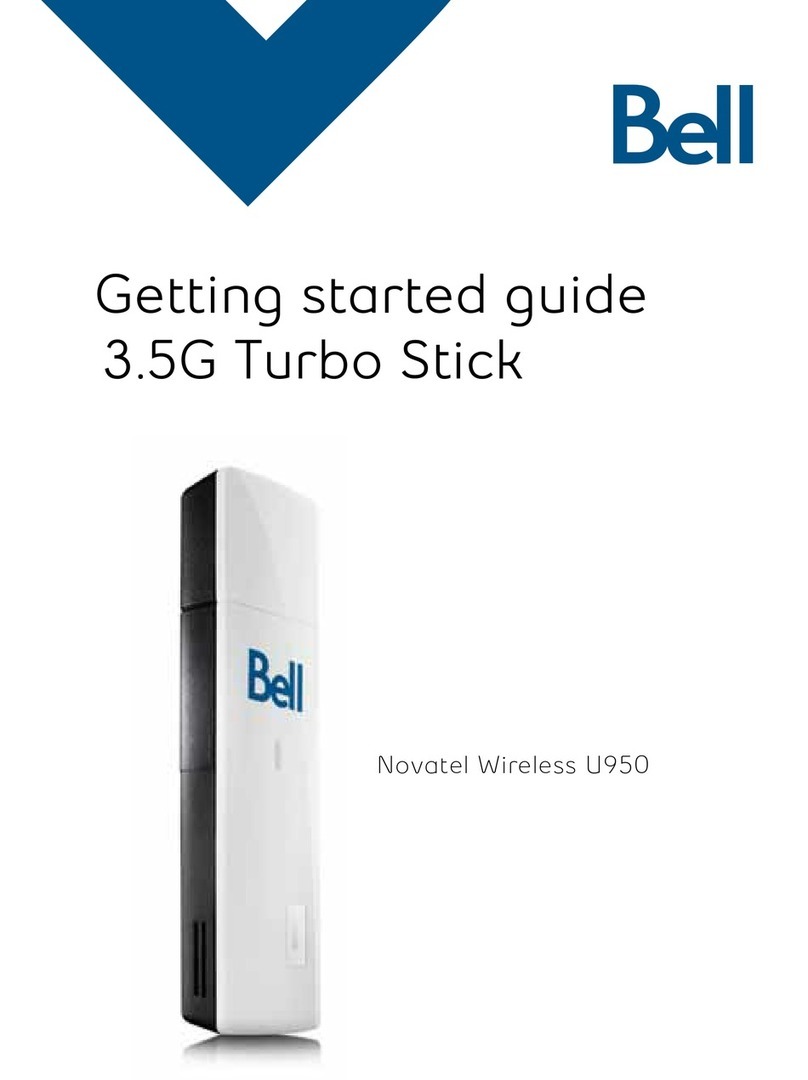
Bell
Bell U950 Turbo Stick Getting started guide
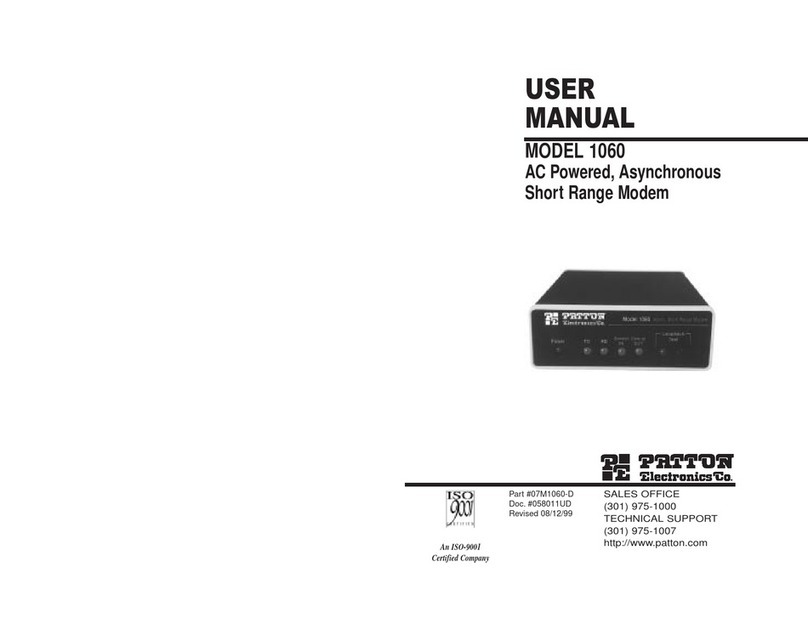
Patton electronics
Patton electronics 1060 user manual
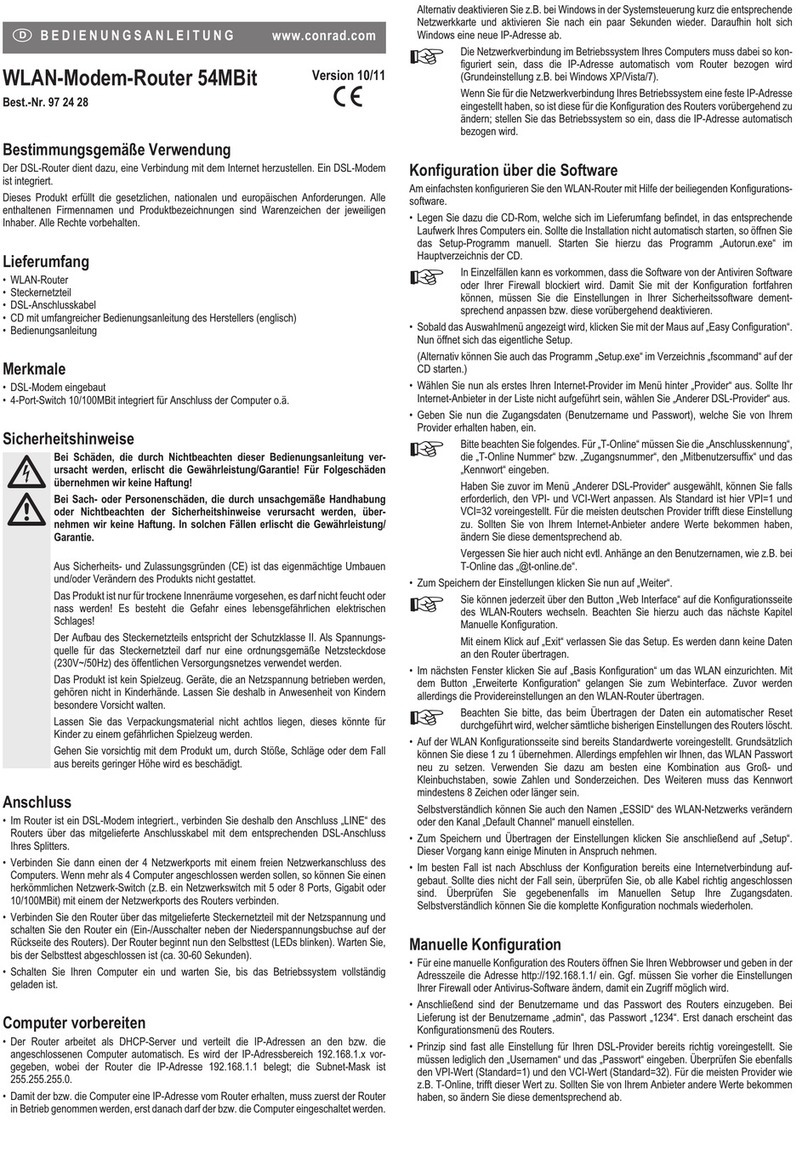
Conrad
Conrad 97 24 28 operating instructions
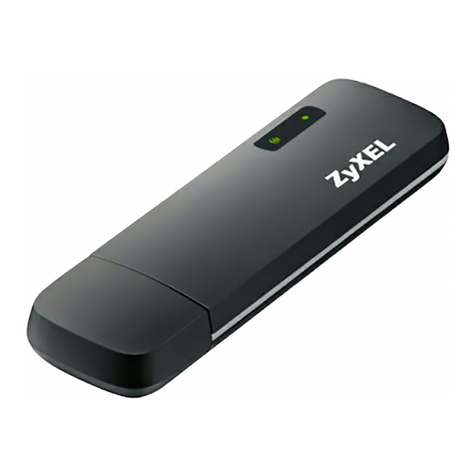
ZyXEL Communications
ZyXEL Communications WAH3004 user manual
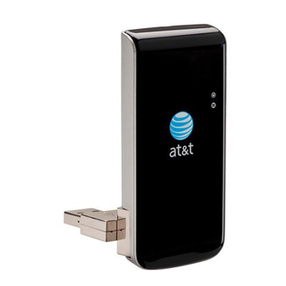
Sierra Wireless
Sierra Wireless USBConnect Lightning quick start guide

Eaton
Eaton 945U-E installation guide
